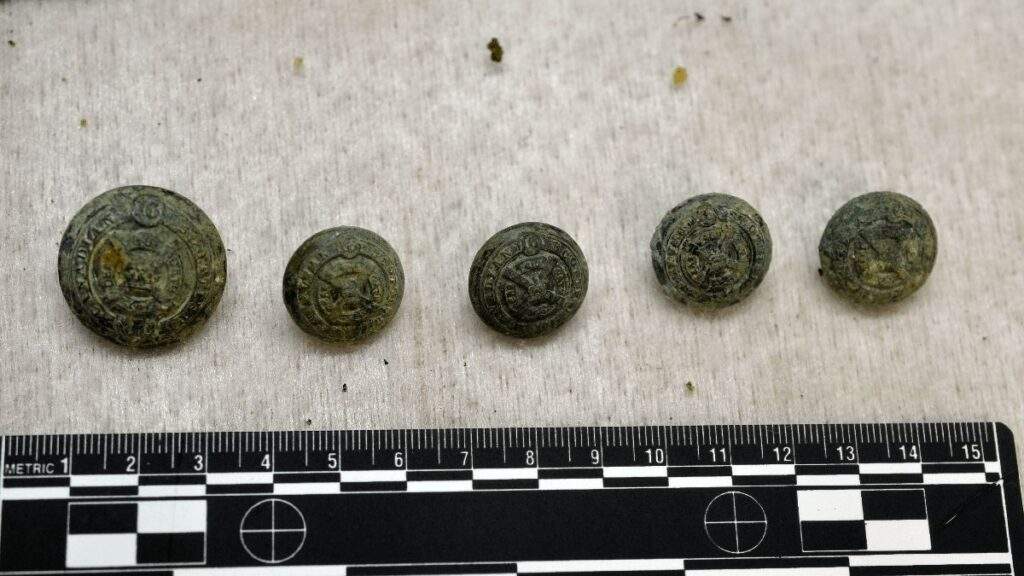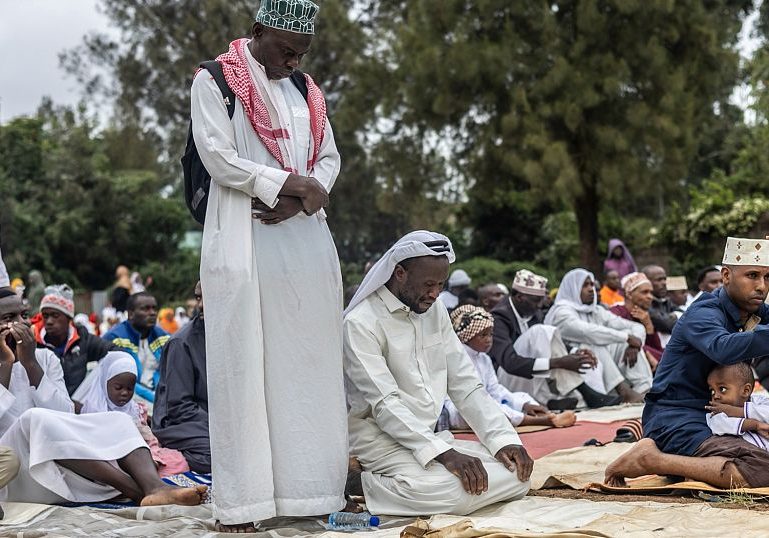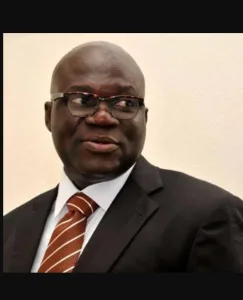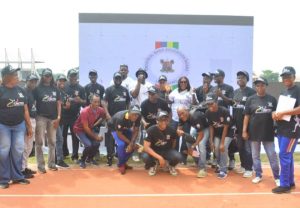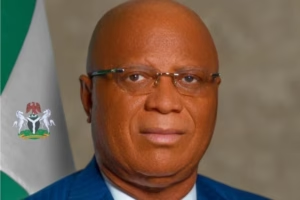Lt. Frank Hemsley’s mysterious disappearance during World War I has remained a puzzle for historians and his family for over a century. However, recent advancements in DNA technology and thorough research have finally provided closure as his remains have been positively identified. This discovery not only brings peace to his descendants but also honors his sacrifice at the Battle of Hill 70 in 1917.
In 2012, Lt. Hemsley’s remains were discovered in France by a bomb disposal crew, along with items like boots, fragments of a gas mask, and buttons marked with “16th Battalion Canadian Scottish Regiment.” The Canadian Department of National Defence’s casualty identification program undertook a meticulous identification process, initially facing challenges due to DNA technology limitations. Despite these obstacles, breakthroughs in DNA analysis allowed for the extraction of paternal DNA, leading to a match with living relatives, including Richard Hemsley, Lt. Frank Hemsley’s grandson.
The Battle of Hill 70, where Lt. Hemsley met his fate, was a crucial confrontation during WWI. Led by Lieutenant General Arthur Currie, the Canadian Corps successfully seized control of the high ground from the German 6th Army, resulting in nearly 10,000 Canadian casualties. This battle showcased the bravery and resilience of Canadian forces and highlighted the strategic use of tactical innovation to defeat the enemy.
The identification of Lt. Frank Hemsley’s remains has a profound impact on the Hemsley family, bringing an end to years of uncertainty and allowing for a proper military reburial in France. This summer, the family plans to pay tribute to his memory with a personalized gravestone inscription: “He was one of God’s good men.” Beyond the Hemsley family, this successful identification underscores the ongoing efforts to identify the over 27,000 Canadians who perished in conflicts and remain unidentified. Forensic anthropologist Sarah Lockyer and her team remain optimistic about identifying more soldiers with the advancements in DNA technology, providing comfort to families and ensuring that the sacrifices of these heroes are never forgotten.

